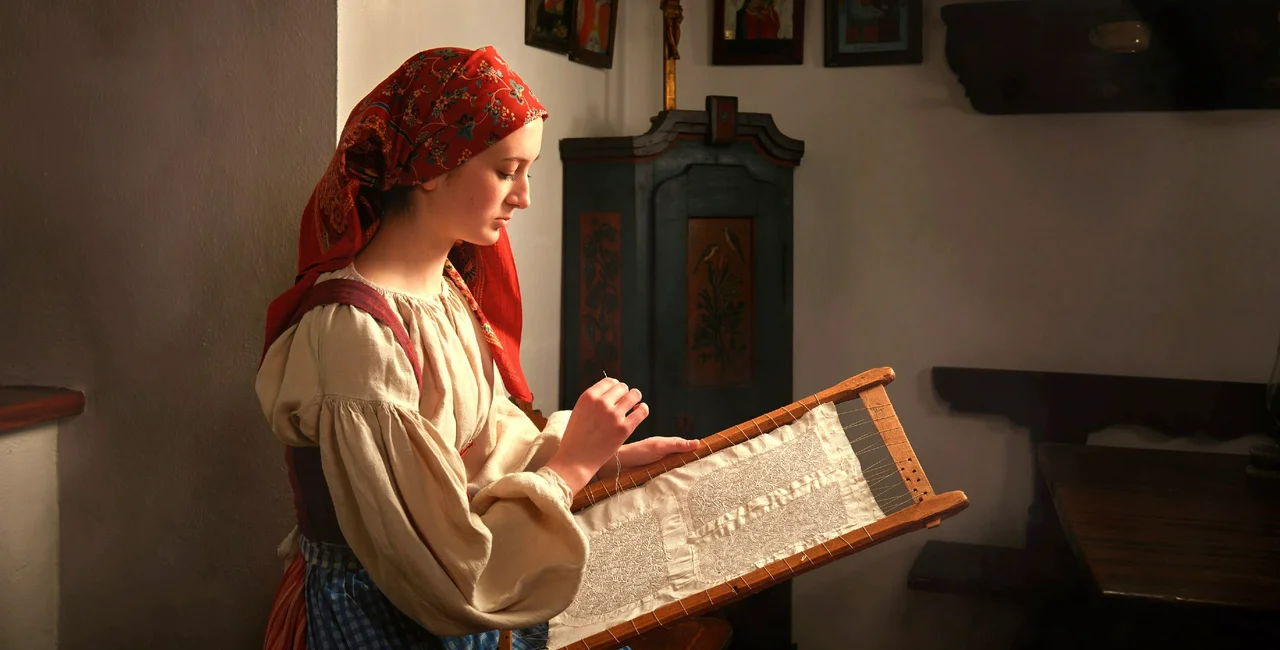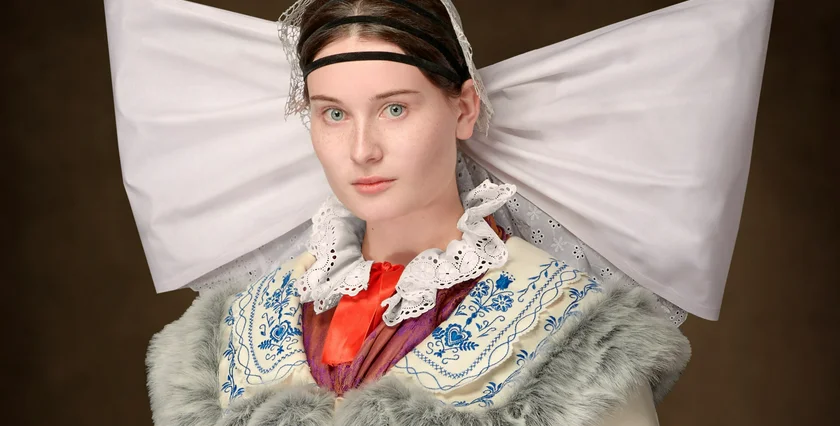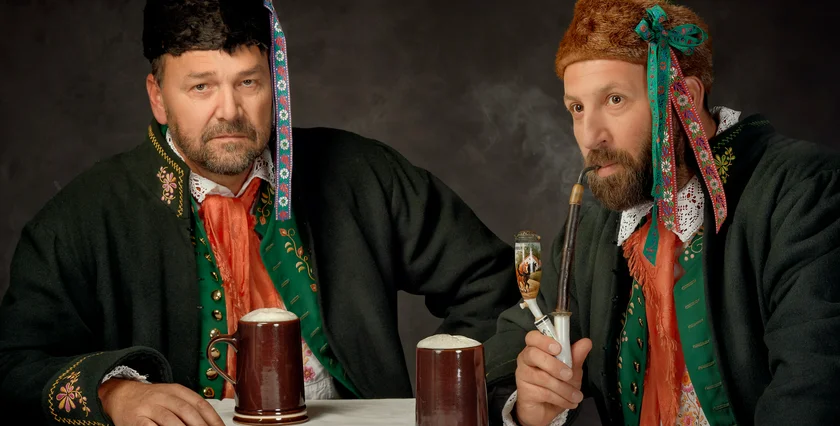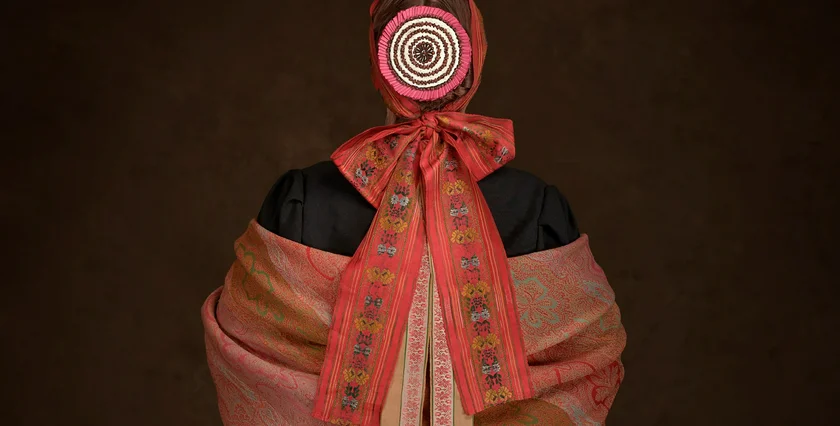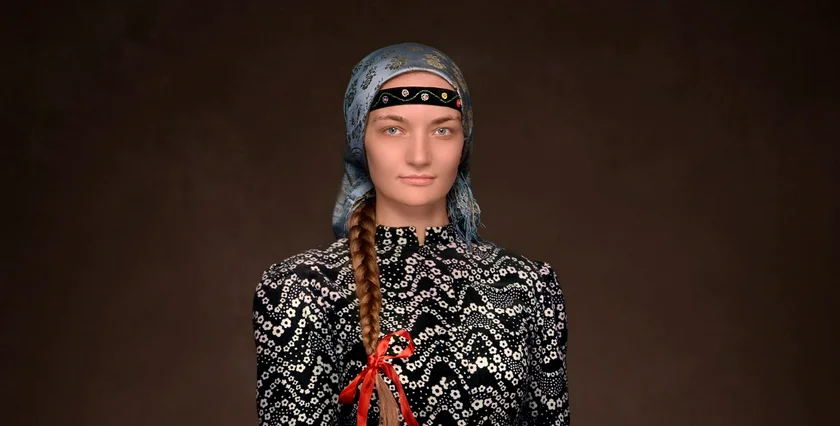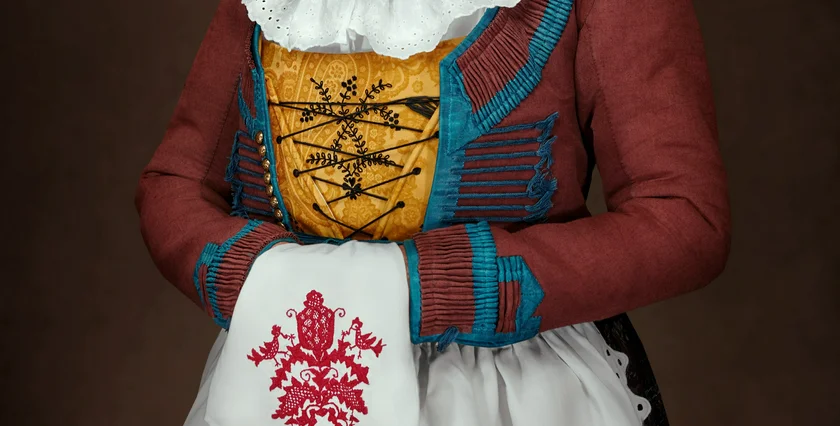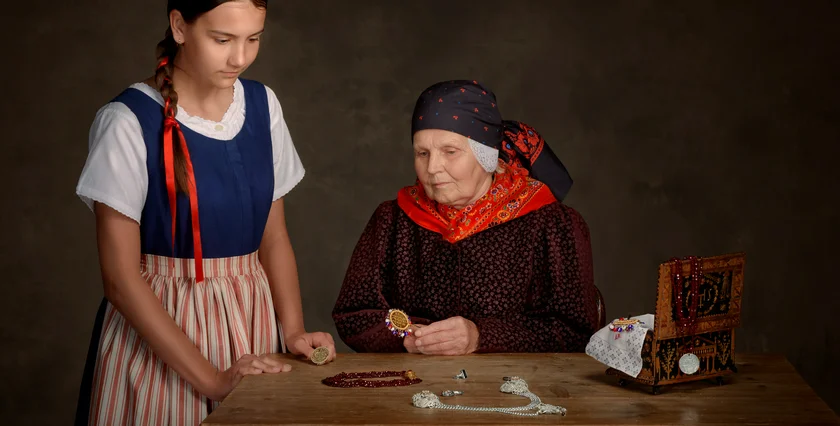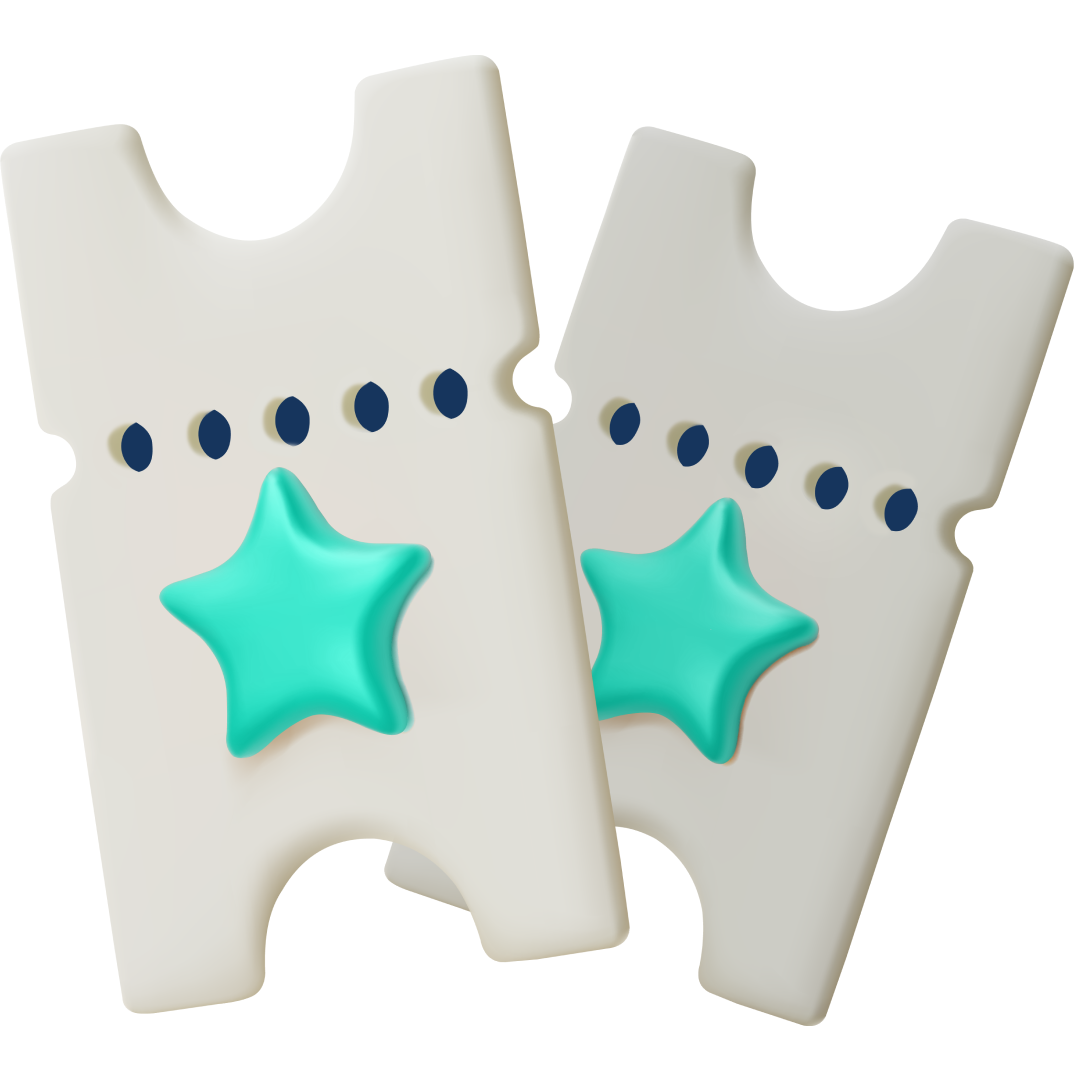A 200-year-old skirt discovered filling a wall cavity in northern Bohemia, the ceremonial attire of Jihlava residents displaced after WWII; these are just some of the incredible folk costumes (kroj) documented in Tradition in Images, a newly released book by renowned photographer Václav Šilha.
The book documents traditional Czech folklore across 14 regions in Bohemia, highlighting the people, costumes, and rituals that keep these historic customs alive. An exhibition of selected photos from the nearly 300 images that comprise this glossy tome can now be viewed in Prague.
Moravian folklore overshadows that of Bohemia
The project’s origin story begins in the early days of the pandemic. Šilha, who had been documenting Indigenous communities in the Amazon, returned to the Czech Republic during the lockdown, which sparked a new appreciation for his homeland’s cultural depth.
“In that moment, I realized we too have our own ‘natives’ and traditional attire—ones that embody a rich history deserving of preservation,” Šilha said in a press release. This realization spurred his three-year journey across Bohemia, capturing the essence of Czech folk culture and breathing life into customs still practiced today but seldom documented in such intimate detail.
The project became a labor of love for a team of five experts and over 300 participants, including ethnographers, retouchers, and local folk ensembles. The images showcase detailed costumes, often sourced from museum collections or private donors, and capture the spirit of everyday life and significant life events such as weddings, festivals, and funerals.

“We wanted to capture not only the aesthetics of these costumes but also the emotions and stories behind them,” said ethnographer Jan Kuča, who provided historical context throughout the project. Kuča noted that the documentation is particularly significant given the misconceptions that Moravian folklore overshadows that of Bohemia, a stereotype this project actively challenges.
Lush photos take on painterly quality
Tradition in Images is exceptional for merging photography with fine art, bringing a painterly quality to each image. This effect was achieved with the expertise of digital retoucher Michaela Pupíková, who worked closely with Šilha to edit each photograph, often reconstructing damaged costumes or recreating missing details.
“Each photo took around a week to complete. We aimed for an aesthetic reminiscent of the Dutch masters, emphasizing the vibrancy of the costumes and the depth of each expression,” Pupíková said.

According to Šilha, some viewers initially mistake the photos for paintings, which, he believes, speaks to the artistry involved.
While the visual aspect of Czech folklore is central to the project, Tradition in Images also celebrates the musical dimension of these traditions. Supported by the Czech Copyright Association (OSA), the book integrates audio and video content via QR codes, allowing readers to access folk music and videos of the recorded traditions.

Šilha and his team spent three years capturing the 269 photos featured in the book, traversing diverse regions from Prague to Doudlebsko. Each photo carries a slice of Czech history, including a skirt from 1790–1810, which was found by residents of a building in Podještědí used as a filling for a hole in the wall. The Jihlava costumes were photographed in Austria, as they belong to the descendants of the displaced population after WWII.
“Folklore has become more than just a study subject; it’s a living record of our country’s resilience and diversity,” Šilha said.
Photos also on display in Prague
Tradition in Images doesn’t end on the page; it extends to an exhibition at Prague’s Letná Water Tower, running until Nov. 28, which invites attendees to view the photographs up close and explore interactive displays. The exhibition space, enhanced by OSA’s musical contributions, brings these regional customs to life.

The book and exhibition serve as a reminder that tradition, while rooted in the past, is very much alive.
The book is available to buy at the exhibition, through the project’s website, and in bookstores. For those unable to attend the Prague exhibition, additional resources, including behind-the-scenes videos, are accessible on the official website, which has an English-language version.












 Reading time: 3 minutes
Reading time: 3 minutes 